The new Google Nest Hub is an alarm clock on steroids
Meet your new, improved and super smart bedtime companion
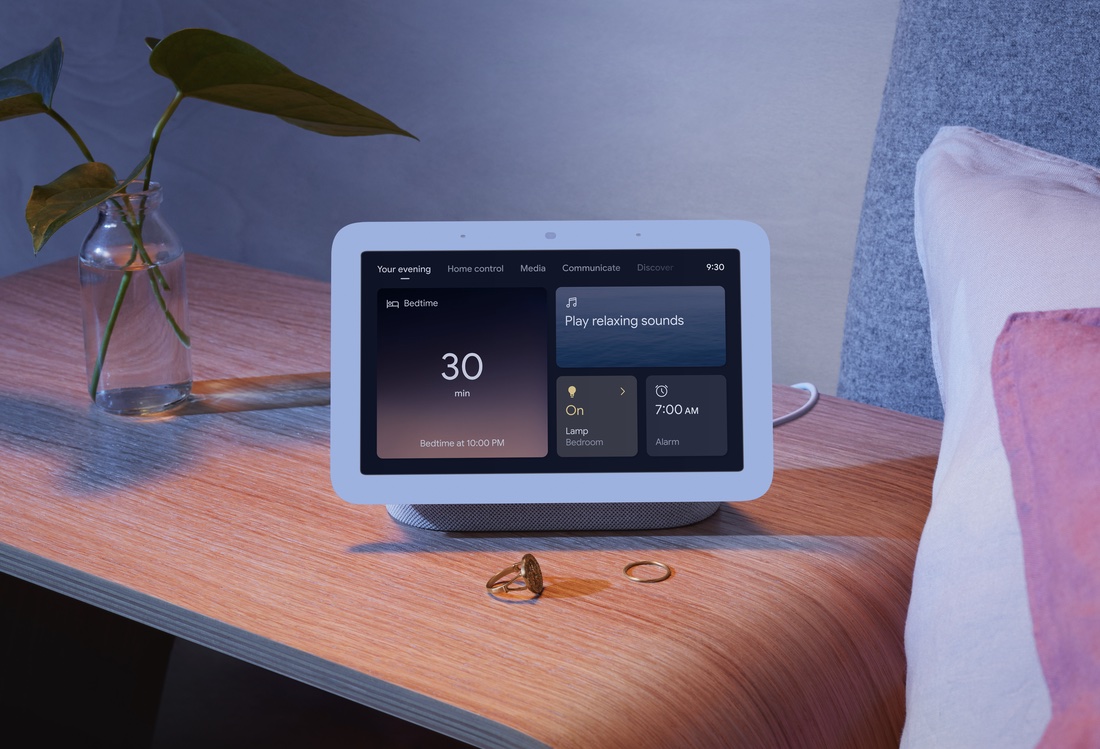
There’s not much that the new Google Nest Hub can’t do, save make you a cup of tea. Think of the Nest as a sort of alarm clock on steroids, blending butler, personal assistant, trainer, and maybe even a psychologist into an all-in-one package. The innocuous form factor of this second-generation device conceals a wealth of sensors and speakers; in addition to the all-hearing microphone, you also have a set of smart radar-driven abilities that, amongst other things, can respond to gestures and even track your sleep.
For most people, the Nest Hub’s form factor and price point make it an ideal smart companion for kitchens and bedrooms. With a 7in screen and a powerful speaker embedded in the fabric-covered base, the recycled plastic device will do all the regular Googly things you ask of it, including answering trivial questions, picking up a podcast from where you left off, reading recipes, giving helpful weather and transport updates, cycling through picture galleries and even playing Netflix or Disney+. It’ll also connect to your Nest doorbell, play the radio and read out your calendar. Once you get your choreography right, the Nest Hub can respond to a set of gestures for controlling music, volume and more. No need to even speak.
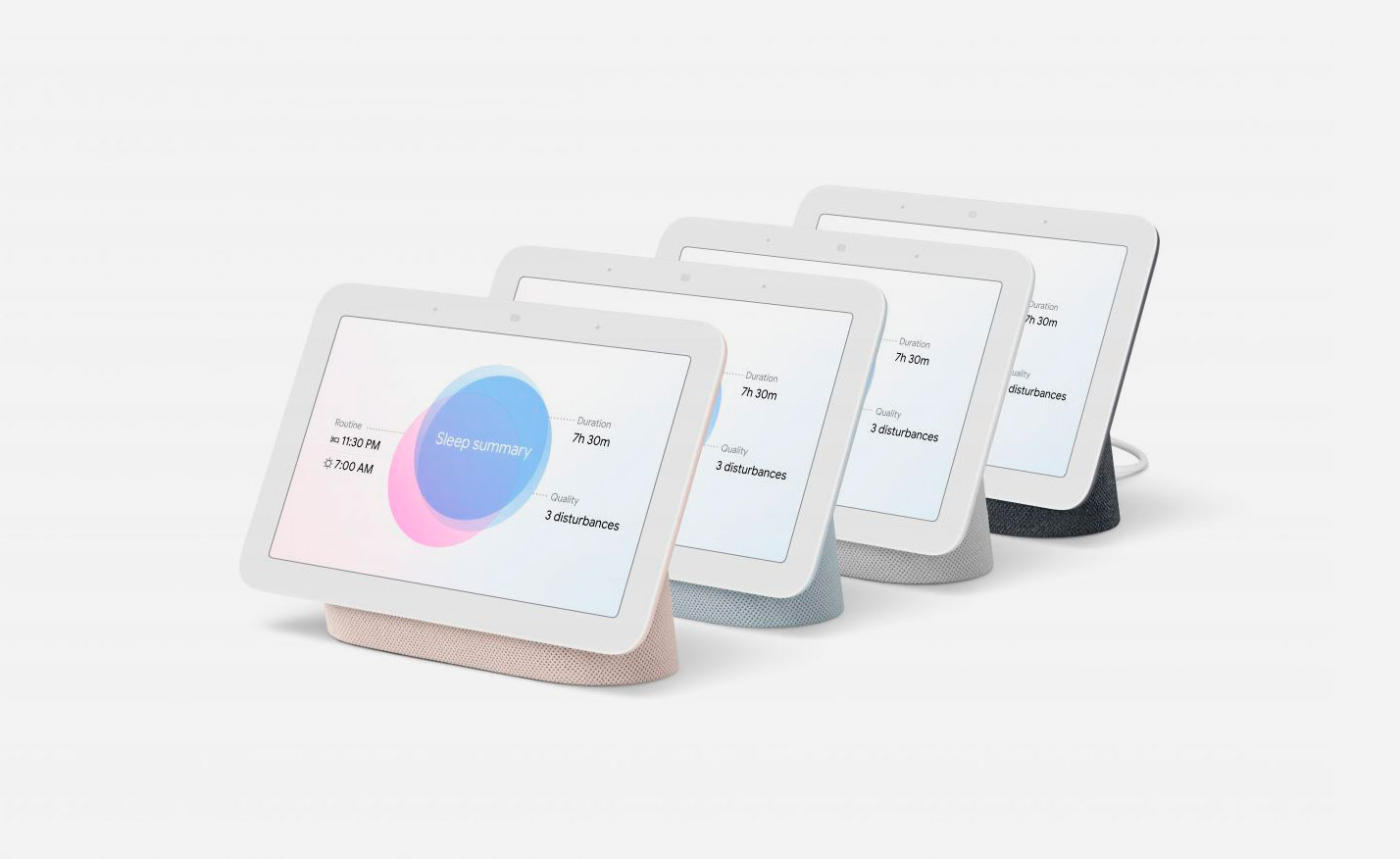
The second generation model of the Google Nest Hub is an ultra-smart digital assistant
For chronic insomniacs and the stat-obsessed, the Sleep Sensing function is ripe with potential. If you’re happy to have a little bedside radar watch over you at night, you can expect your every cough, snuffle and store to be logged, as well as breathing and general nocturnal restfulness. This data all gets stacked up and shared with Google’s Fit platform, ultimately giving you tips and suggestions about when to go to bed and the general state of your sleep health.
Google acquired Fitbit earlier this year, and the company’s long-term goal is to build a subscription-driven wellness service that dovetails what it knows about your mind, body and perhaps even spirit to make you feel a whole lot better. Who knows if the device can detect a shudder, because this kind of carefree data distribution isn’t for everyone, regardless of how well it all works. We’re entering a realm of wall-to-wall connectivity, with devices greedily gobbling up as much information about us as they can. The Nest Hub includes opt-outs aplenty, as well as the old-fashioned nuclear method of just cutting off the microphone, but the future of smart devices gets more and more uncanny. Perhaps future domestic tech will offer multiple tiers of ‘smartness’, so you can decide quite how clever the stuff that surrounds you is going to be.
INFORMATION
Google Nest Hub, £89.99
store.google.com
Wallpaper* Newsletter
Receive our daily digest of inspiration, escapism and design stories from around the world direct to your inbox.
Jonathan Bell has written for Wallpaper* magazine since 1999, covering everything from architecture and transport design to books, tech and graphic design. He is now the magazine’s Transport and Technology Editor. Jonathan has written and edited 15 books, including Concept Car Design, 21st Century House, and The New Modern House. He is also the host of Wallpaper’s first podcast.
-
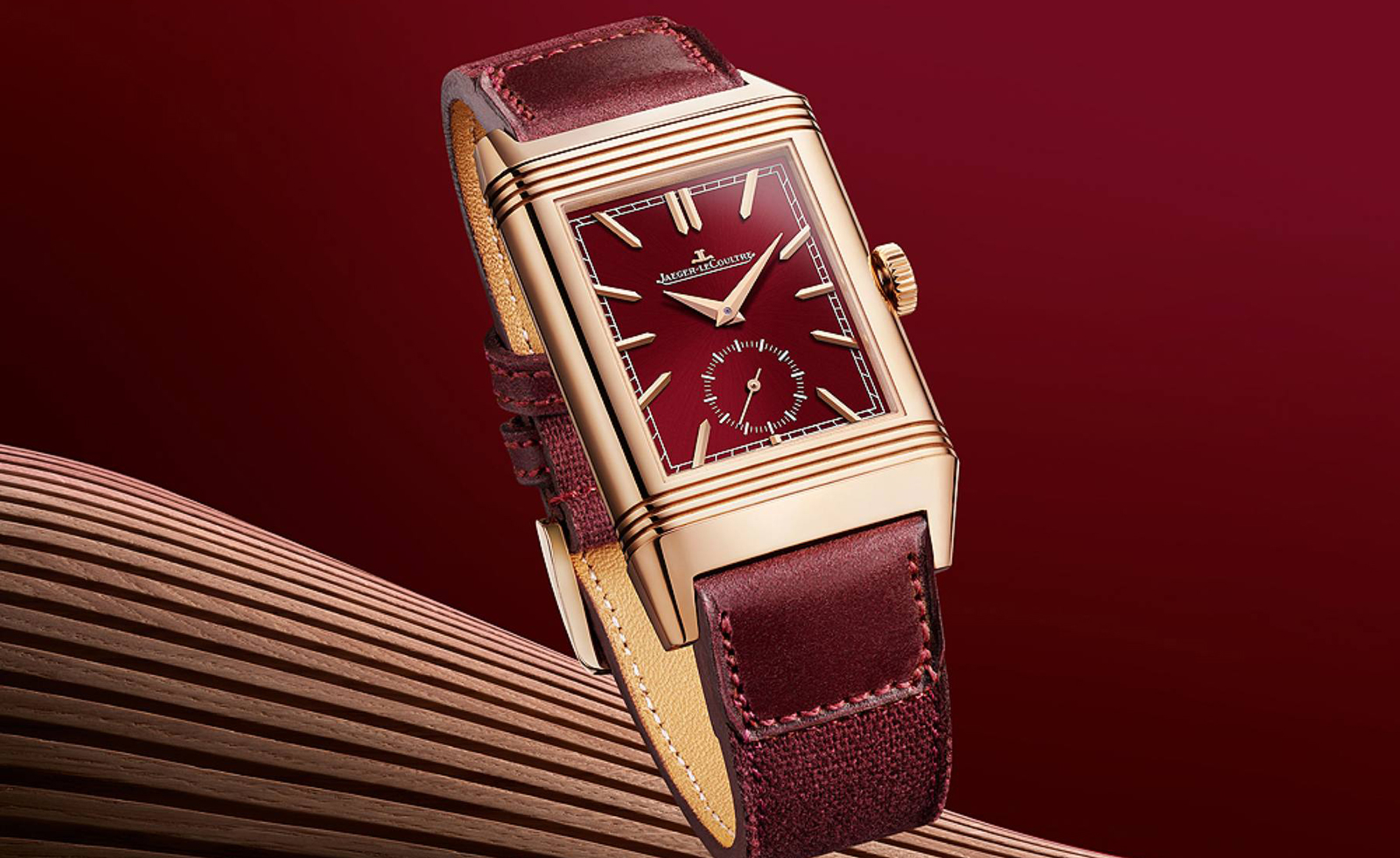 From dress to tool watches, discover chic red dials
From dress to tool watches, discover chic red dialsWatch brands from Cartier to Audemars Piguet are embracing a vibrant red dial. Here are the ones that have caught our eye.
-
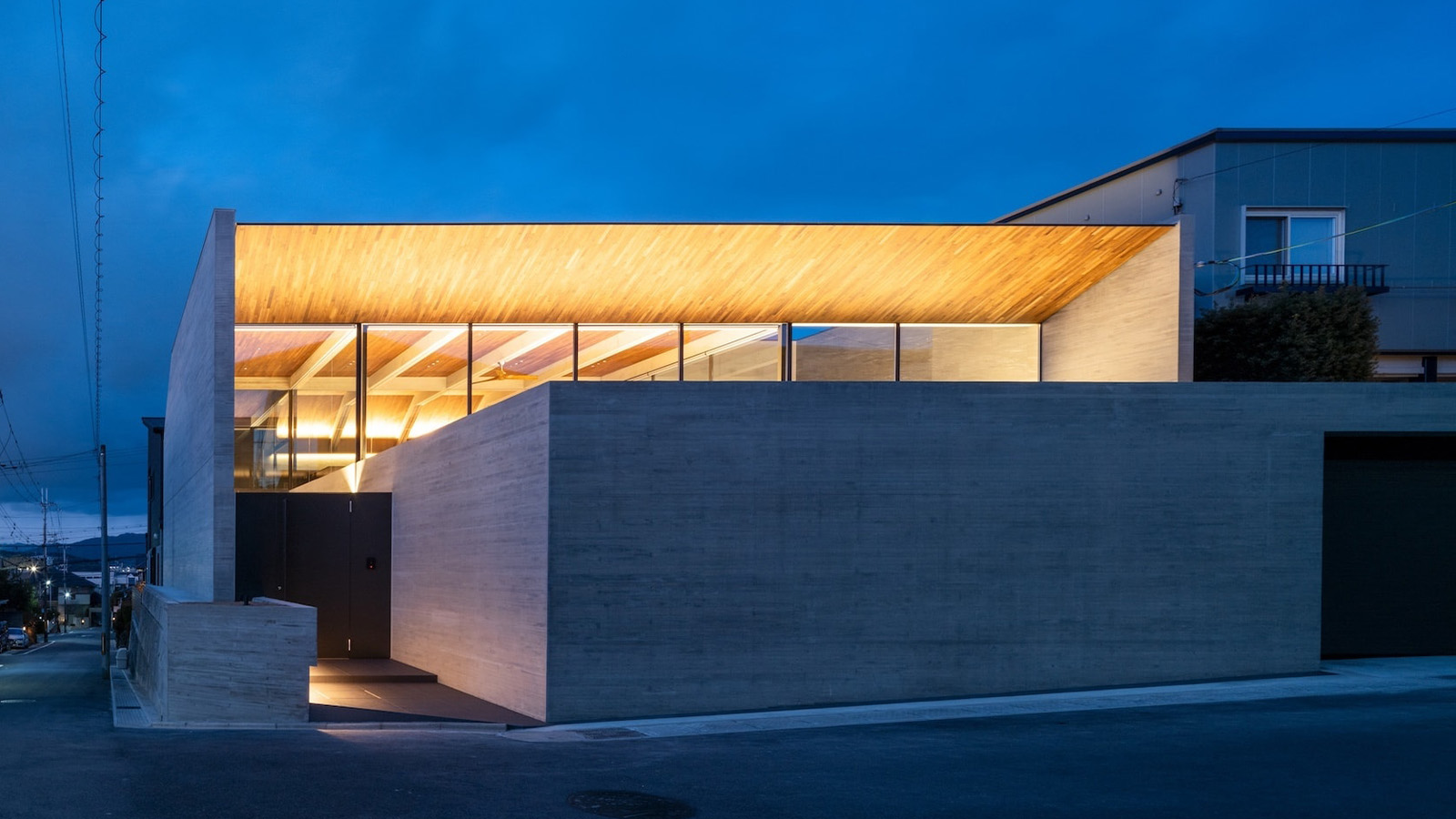 Behind a contemporary veil, this Kyoto house has tradition at its core
Behind a contemporary veil, this Kyoto house has tradition at its coreDesigned by Apollo Architects & Associates, a Kyoto house in Uji City is split into a series of courtyards, adding a sense of wellbeing to its residential environment
-
 EV maker Rivian creates its first Concept Experience in New York’s Meatpacking District
EV maker Rivian creates its first Concept Experience in New York’s Meatpacking DistrictUnder the High Line, in the heart of one of New York’s most famous neighbourhoods is the Rivian Concept Experience, a showroom designed to surprise and delight both long-term aficionados and total newcomers to the brand
-
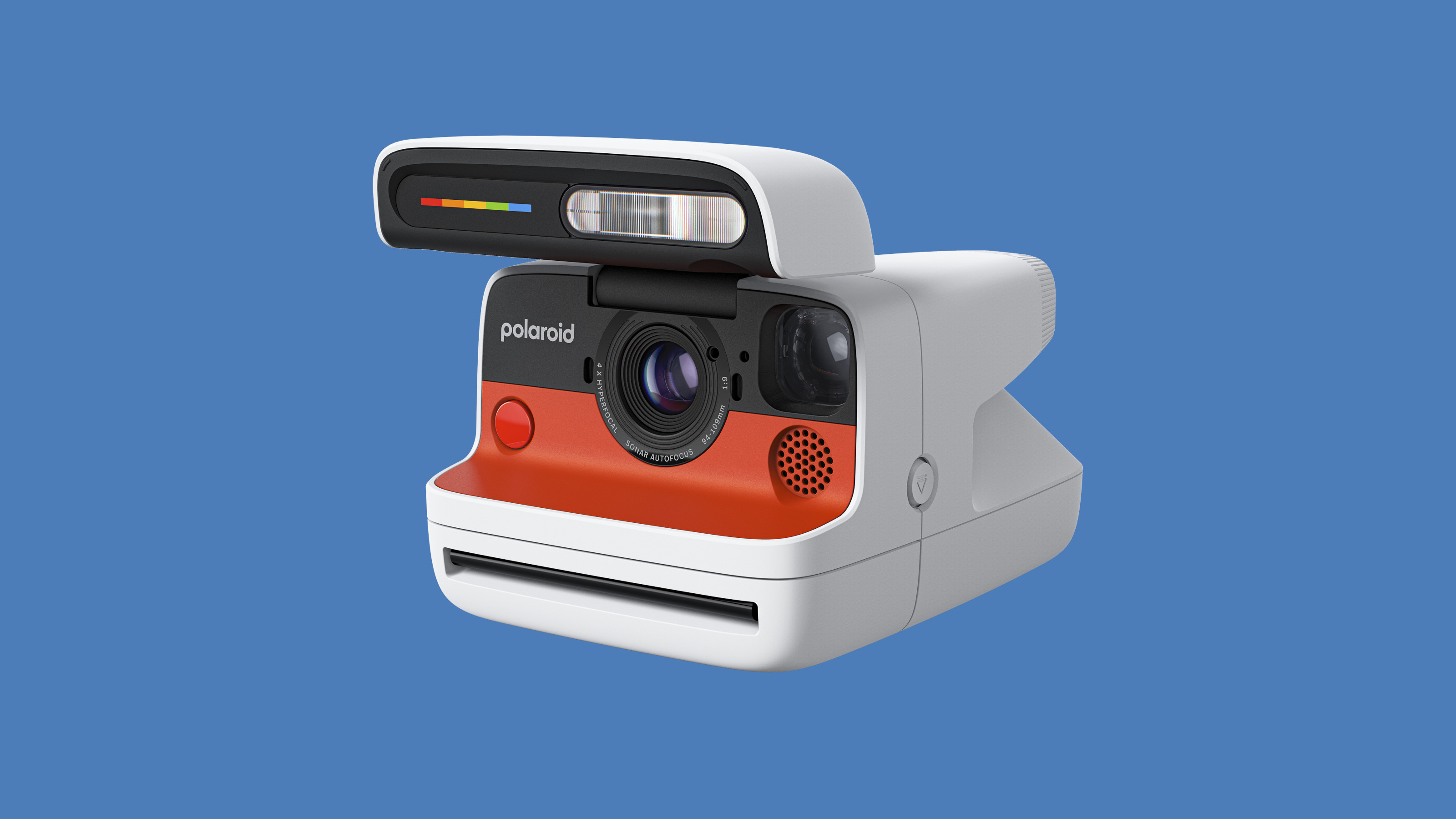 The new Polaroid Flip unfolds to bring you pin-sharp instant photography
The new Polaroid Flip unfolds to bring you pin-sharp instant photographyPolaroid announces the Flip, an instant camera that blends its evergreen film technology with better results and more control
-
 Microsoft vs Google: where is the battle for the ultimate AI assistant taking us?
Microsoft vs Google: where is the battle for the ultimate AI assistant taking us?Tech editor Jonathan Bell reflects on Microsoft’s Copilot, Google’s Gemini, plus the state of the art in SEO, wayward algorithms, video generation and the never-ending quest for the definition of ‘good content’
-
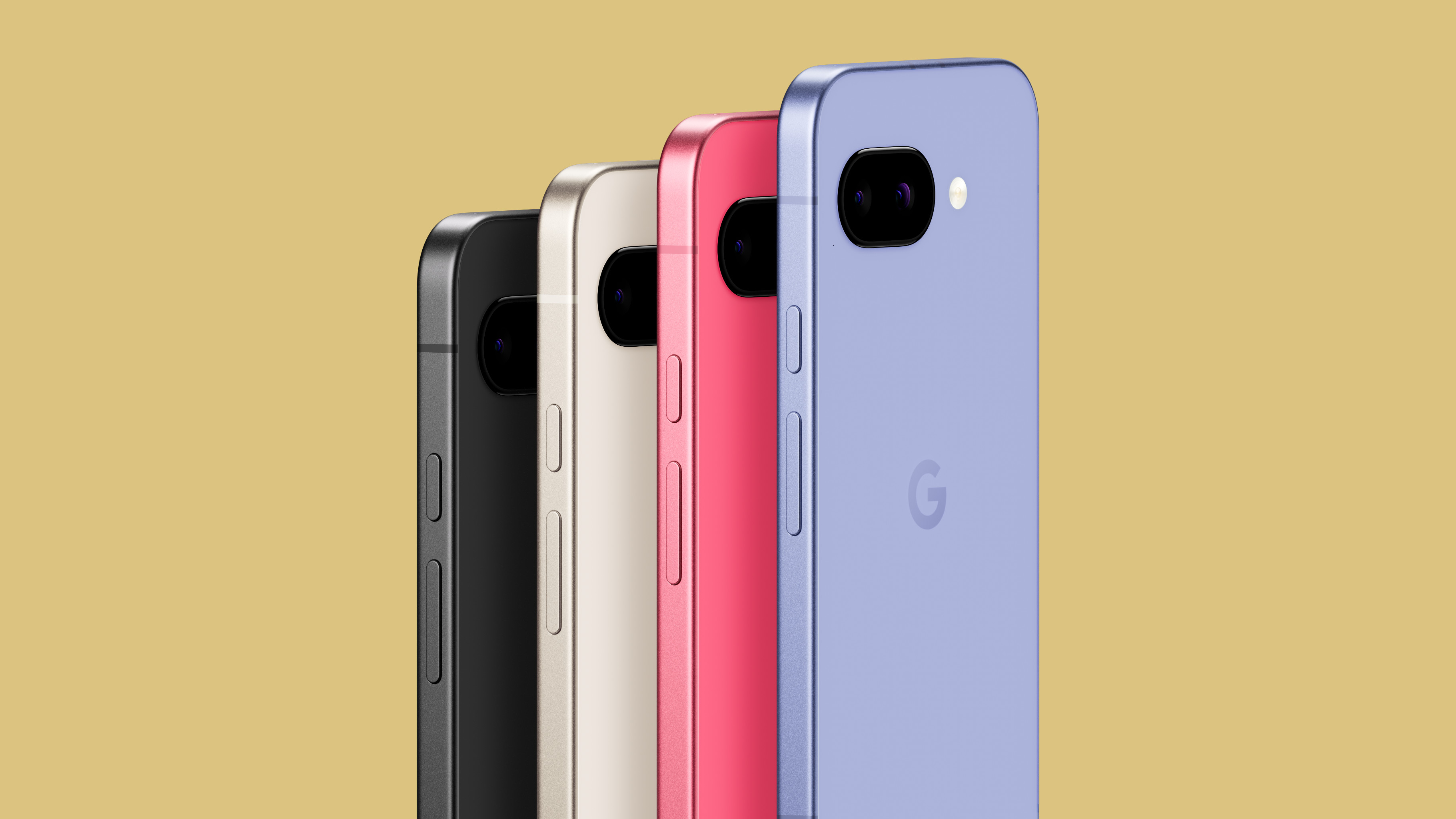 The new Google Pixel 9a is a competent companion on the pathway to the world of AI
The new Google Pixel 9a is a competent companion on the pathway to the world of AIGoogle’s reputation for effective and efficient hardware is bolstered by the introduction of the new Pixel 9a, a mid-tier smartphone designed to endure
-
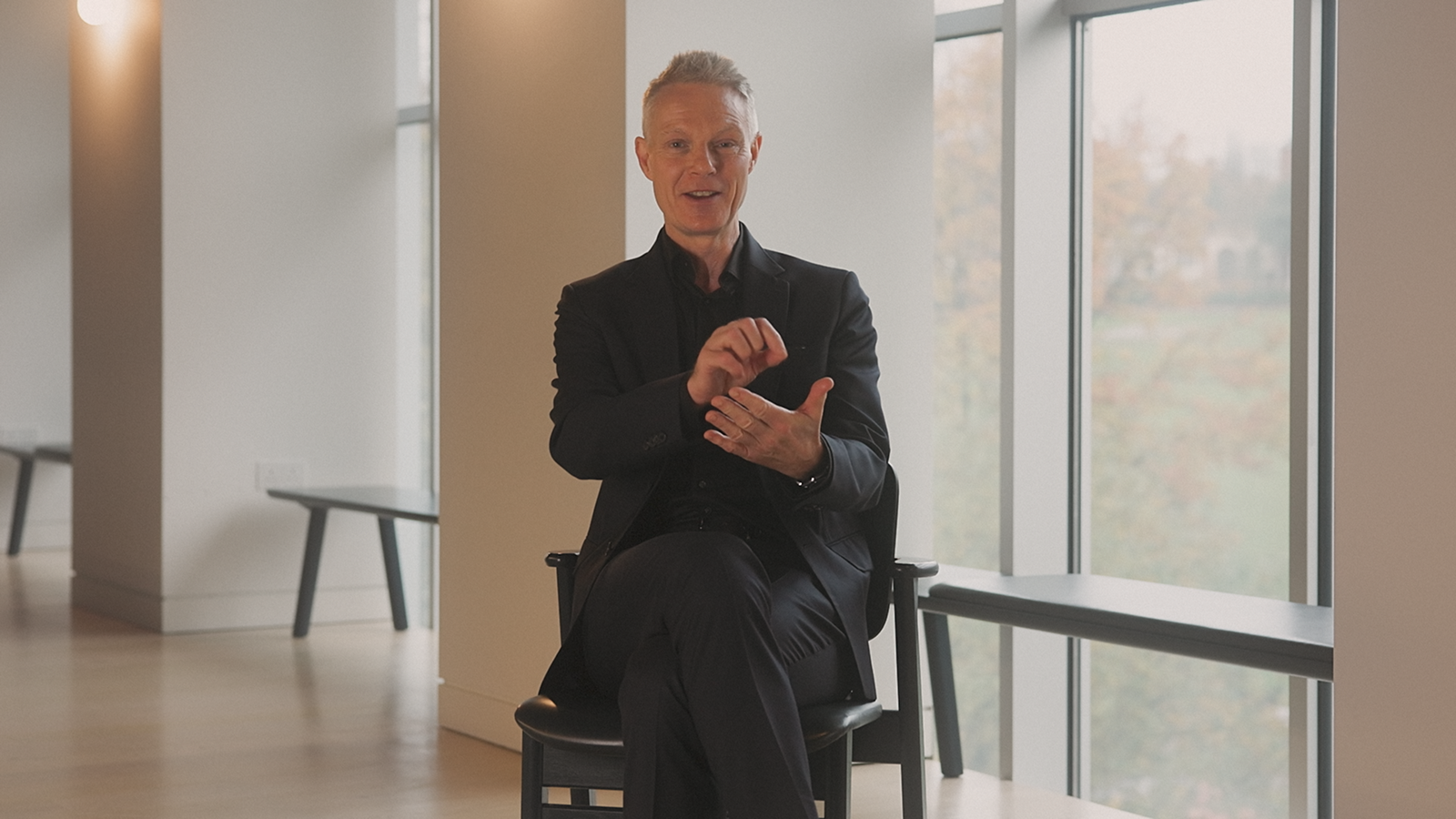 Could putting pen to reMarkable’s Paper Pro tablet make you more creative and less stressed?
Could putting pen to reMarkable’s Paper Pro tablet make you more creative and less stressed?Design Museum director Tim Marlow extols the power of ‘scribbling’, and is backed up by new research from reMarkable on the benefits of its paper tablet
-
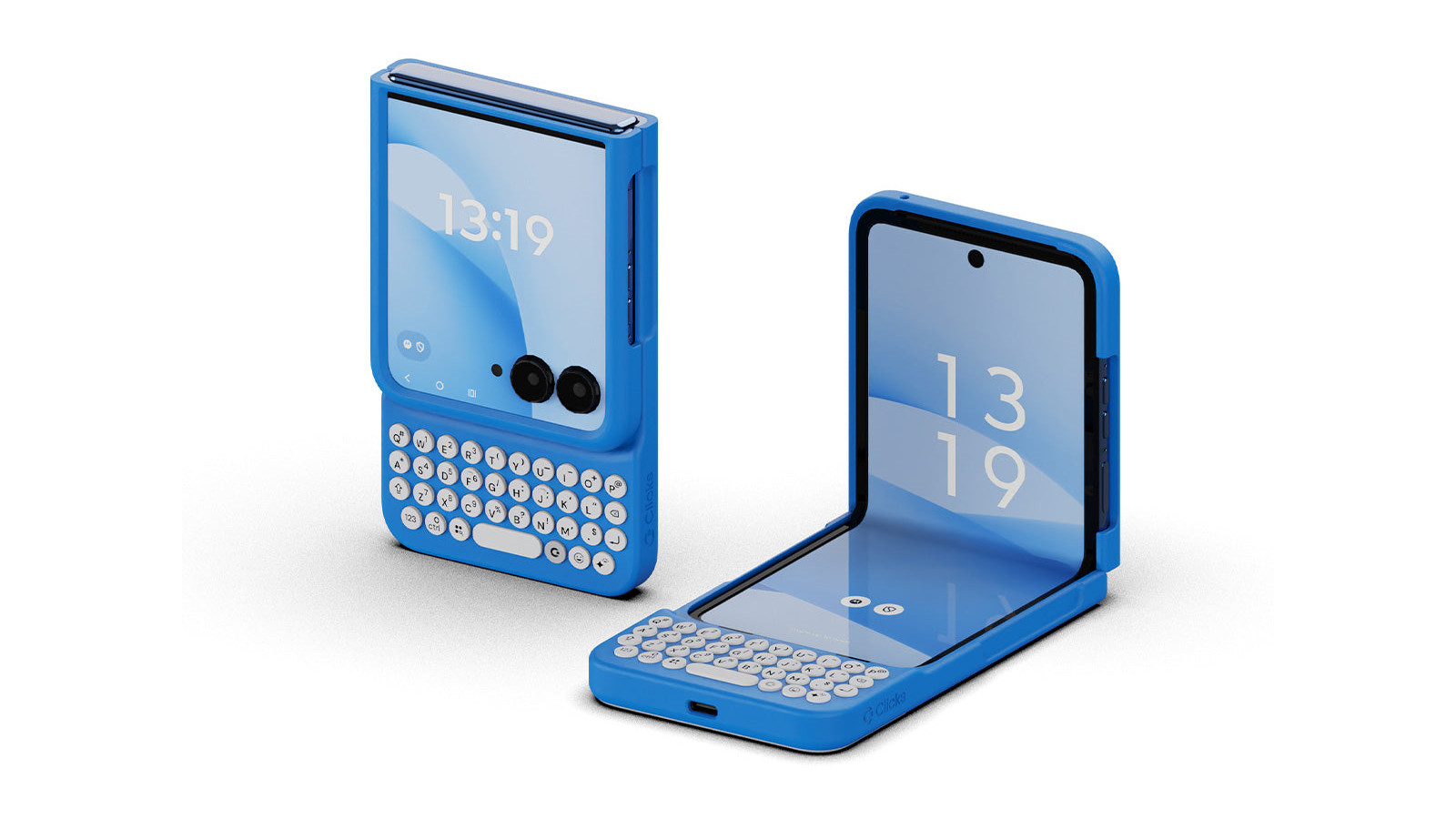 Clicks creates keyboard cases for iPhones – now they're also available for three Android flagships
Clicks creates keyboard cases for iPhones – now they're also available for three Android flagshipsSmartphones get a new lease of life with Clicks, which brings a Blackberry-style keyboard to today’s cutting-edge Apple and Android devices
-
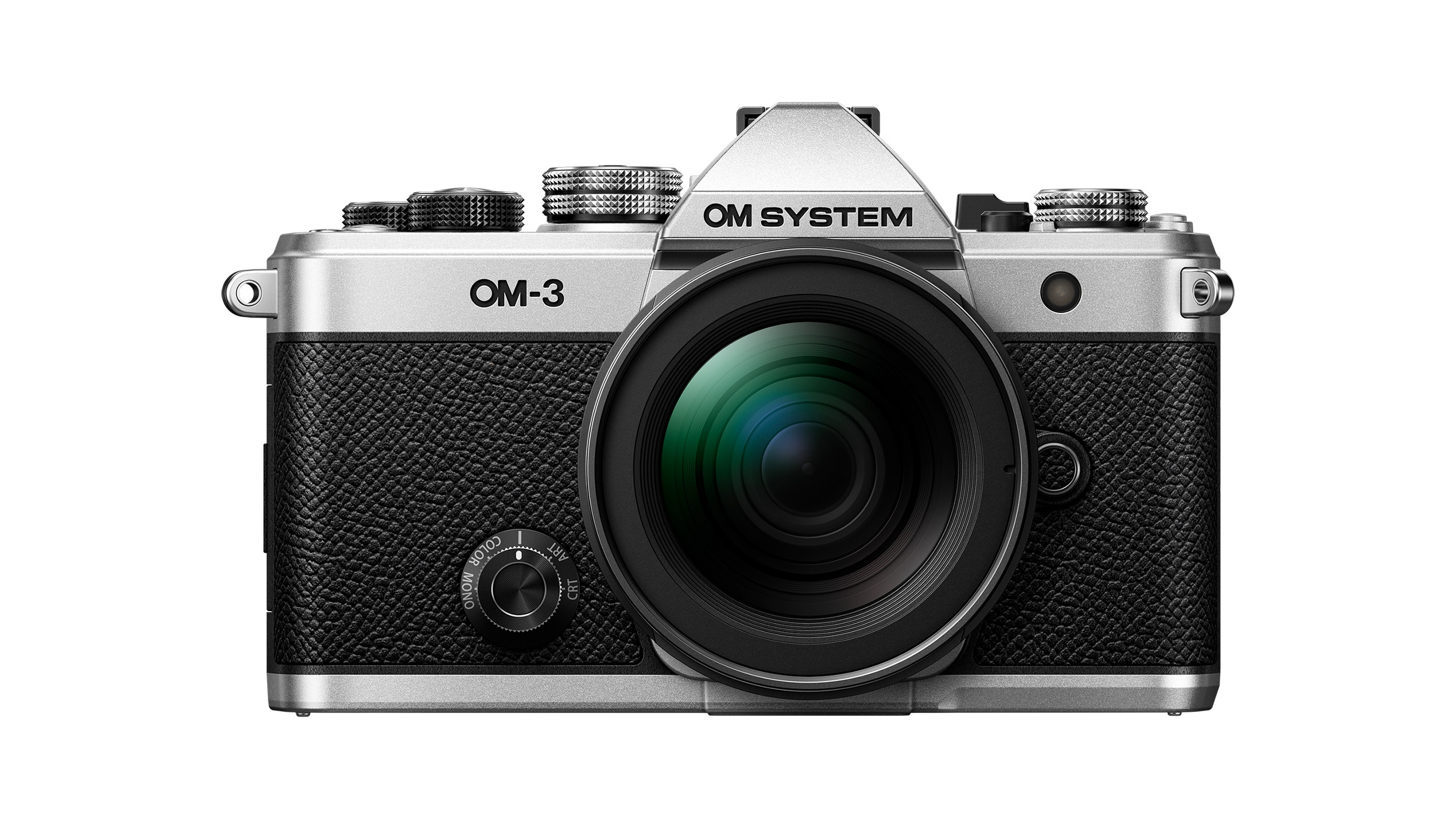 The OM System OM-3 camera blends heritage design with cutting-edge technology
The OM System OM-3 camera blends heritage design with cutting-edge technologyThe OM-3 from OM System is the newest must-have mirrorless camera design, classically styled and comprehensively equipped to create the ultimate contemporary digital camera
-
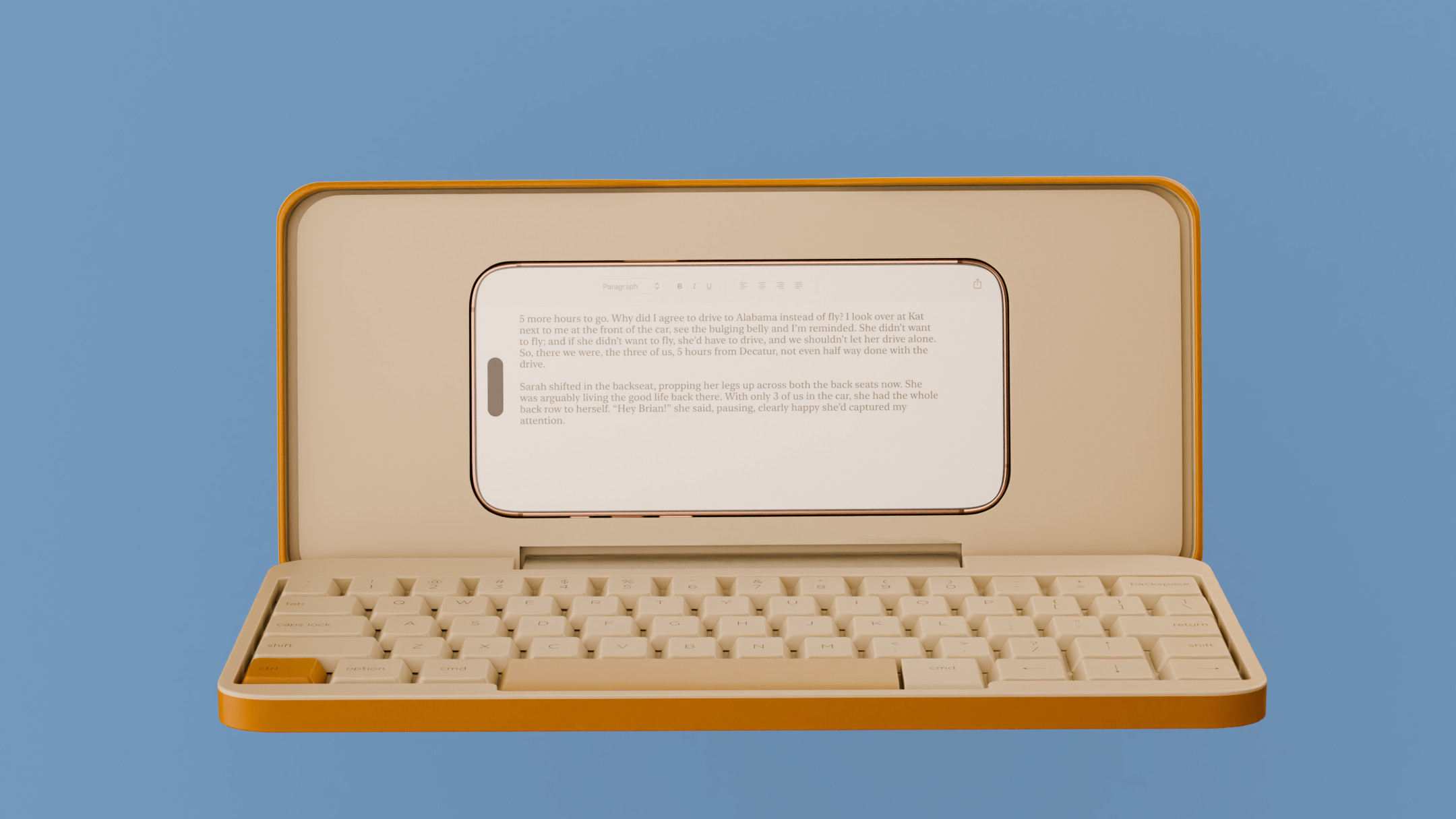 Type without the tyranny of distractions: eight new ways to get the words out
Type without the tyranny of distractions: eight new ways to get the words outLooking for a way to divert you from doom-scrolling? This selection of eight distraction-free typing devices will keep you offline and away from the socials to help you meet that deadline
-
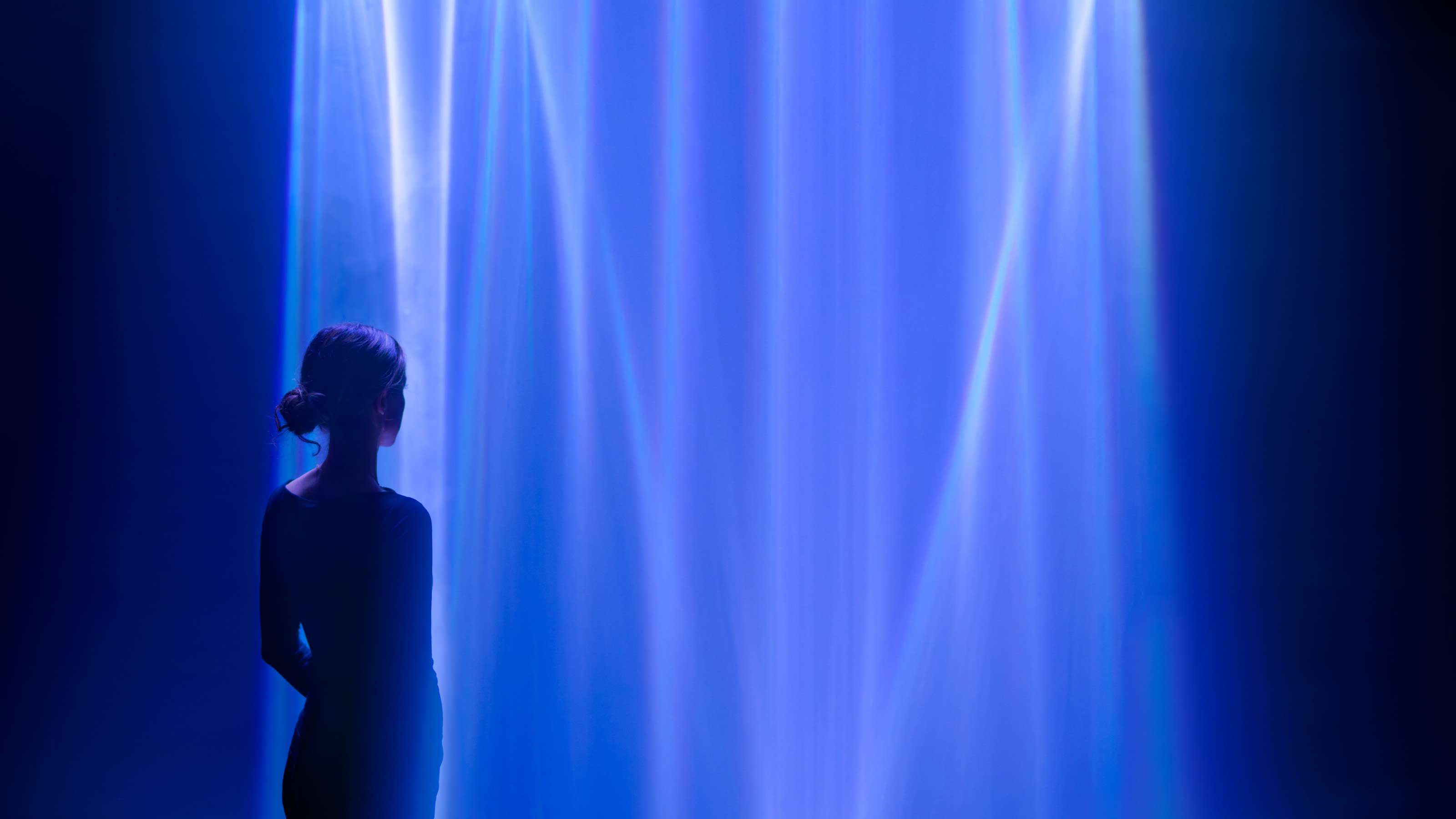 Artist Lachlan Turczan and Google's 'Making the Invisible Visible' at Milan Design Week 2025
Artist Lachlan Turczan and Google's 'Making the Invisible Visible' at Milan Design Week 2025All that is solid melts into air at Garage 21 in Milan as Google showcases a cutting-edge light installation alongside a display of its hardware evolution and process